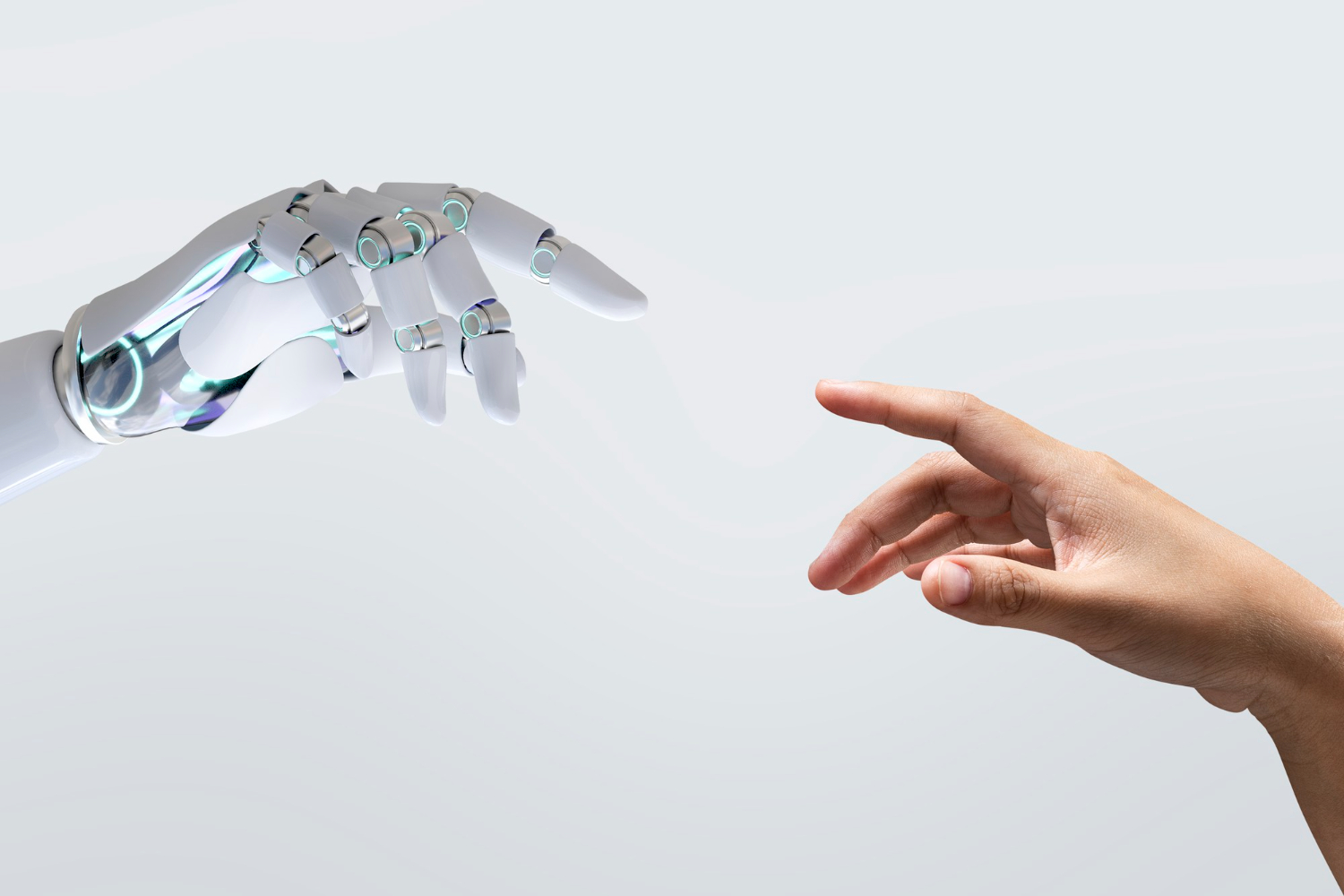
Achieving Enterprise Agility Through Digital Transformation
pin up casino
2020 brought a lot of uncertainty in every field but digital. In contrast, it accelerated the
digital transformation initiatives of companies across the globe. We witnessed more digital transformation in the last six months than in the last decade. From using online platforms for virtual meetings to harnessing
technology for secure payments, digital has been taking a lead in every field.
Currently, technologies like
Artificial intelligence and data analytics are dominating the market and the world has its eyes on 5G and various customer data platforms. We are also putting a lot of focus on data security and privacy by harnessing the power of Blockchain. By integrating various technologies through digital transformation into all areas of every business, we are fundamentally changing how we operate and deliver value to our customers.
When people hear about agile transformation, they think it’s not for them since it is too tech - specific which is not entirely true. Organizations just need to change their methods and must adopt mechanisms that are more appropriate and specific to bring agility. One such approach is Bimodal Transformation that is emerging as a powerful way to achieve agility. In Bimodal Transformation, we use
two coherent and distinct approaches to create and deliver the desired business change.
●
Mode 1: A linear approach emphasizing on predictability, change, stability, and accuracy.
●
Mode 2: A non-linear approach for valuable lessons achieved through emphasizing agility, iteration, and speed.
The modern landscape is full of new and great opportunities, but these opportunities bring a lot of risks and uncertainties along with them which is the reason why enterprises need to change their methods and adopt well-planned mechanisms for governance. They also need to develop a capability to help them
experiment more frequently, fail visibly, fast, and small. This capability to experiment, fail, and sustain must align with their mission-critical, predictable steady-state to adopt a bimodal capability.
Understanding the Bimodal Transformation
You can start using the Bimodal Transformation from many stages such as using
DevOps or agile, an innovation lab, a unique approach to collaboration, etc. It is evident that all enterprises using
agile development are Bimodal. Bimodal can consist of a set of unique
methodologies or a single unique methodology that you can use in either of the 2 modes since it depends on the level of uncertainty.
Adapting Bimodal Transformation means that you are embracing broader business capability to develop business change along with an approach to sourcing, governance, innovation, decision making, and cultural change. One of the important benefits and drivers for bimodal transformation is the
capability to address uncertainty.
Read More
Artificial Intelligence and It’s Importance for Businesses
Using Bimodal Transformation to Achieve Agility
1. Establish Clear Principles and Empirical Governance
You need to take into account all the characteristics of Mode 2 projects based on the application of a
viable product approach, a sense-and respond ability, and frequent change. It guarantees that the steering of Mode 2 projects is quite reliable on a continuous empirical process while ensuring that it’s against monitoring predetermined plans and
milestones that are developed months in advance.
Your approach for business transformation must revolve around a clear vision, direction, and expected outcomes. It must be empirically based on data that includes ways to change the planned values over time. Here’s what you can do:
● Set up transparent and clear governance principles along with the filters to easily decide on what goes into which mode.
● If your enterprise fails to set up the required principles, you’ll face results in Mode 2 being inundated.
● It will result in a scattergun approach that will limit the capacity of Mode 2 and its capacity will get diffused across multiple unwanted domains.
2. Innovation Management: Formalize Your Approach
CIOs need to work with key business executives if they want to formalize their approaches to technology-driven business innovation. It can be achieved through a consistent and clear perspective about their goals. Organizations need to adopt suitable processes and programs depending on the nature of their goals.
To create and grow their innovation competencies, both the innovation leaders and CIOs must concentrate on their organizations’ strengths. Not only this, but they also need to analyse key requirements for successful innovation. Studies show top innovators across the globe hold expertise in at least one of three innovation pillars i.e., organization and process, intent and purpose, or people and culture.
Read More:
Big Data and Data Governance – Importance and Benefits
3. Underpin Bimodal by Developing Required Capabilities
If you want to adopt Bimodal capability to bring agility in your enterprise, you need to make changes in the development of various capabilities associated with both the modes of the transformation. Most of the organizations give more importance to the upstream capabilities surrounding Bimodal which is a huge mistake. Instead, they need to focus on downstream challenges such as deploying a particular solution into their production environment.
This must be done in the required pattern that perfectly matches with the cycle of change coming downstream. In this scenario, DevOps and agile can deliver a critical capability i.e., they can provide your enterprise with a very useful ability to close the gaps between the approaches of Mode 1 and Mode 2 of the Bimodal Transformation.
Conclusion
There is no doubt that Bimodal Transformation is one of the finest approaches one can use
to achieve agility but it might not be an ideal
choice for those facing high levels of uncertainty. Bimodal transformation takes time, and hence organizations must start developing this capability as soon as possible. You just need to implement Bimodal Transformation in the right way to open gates to new opportunities and agility for your enterprise.
